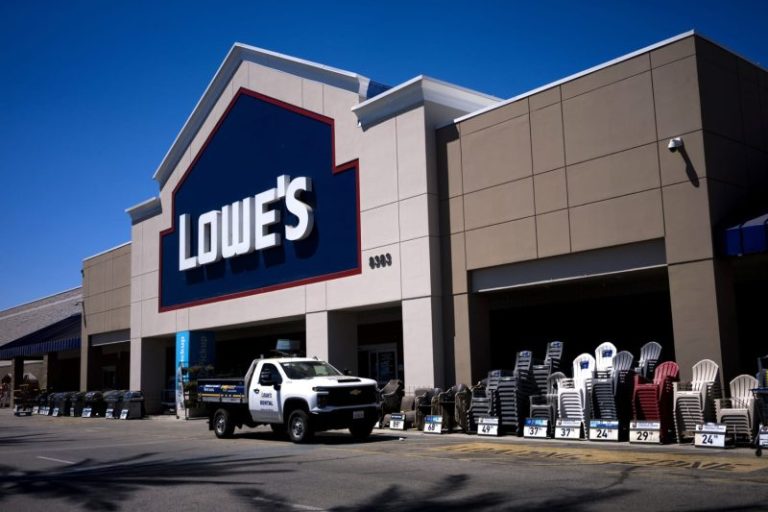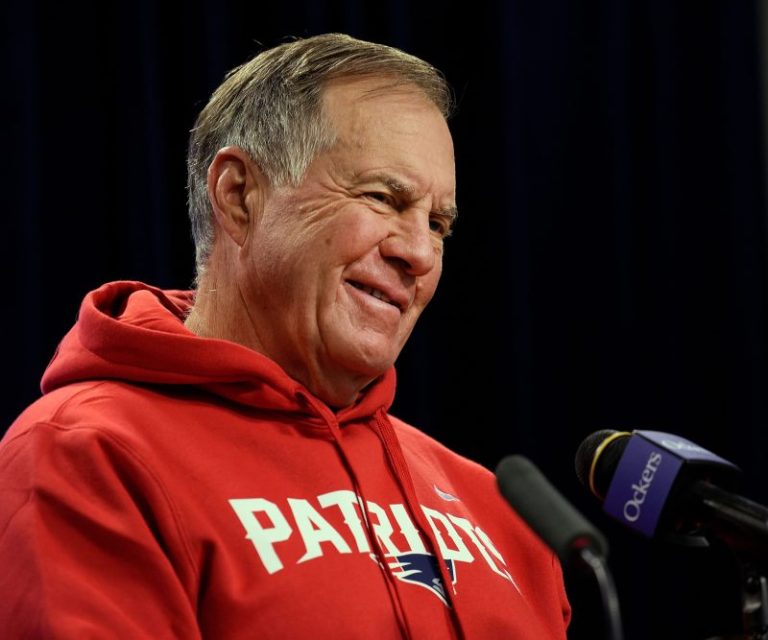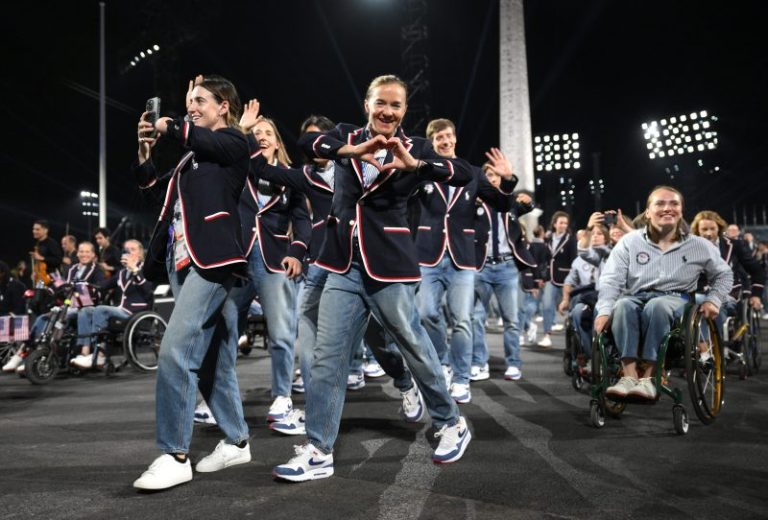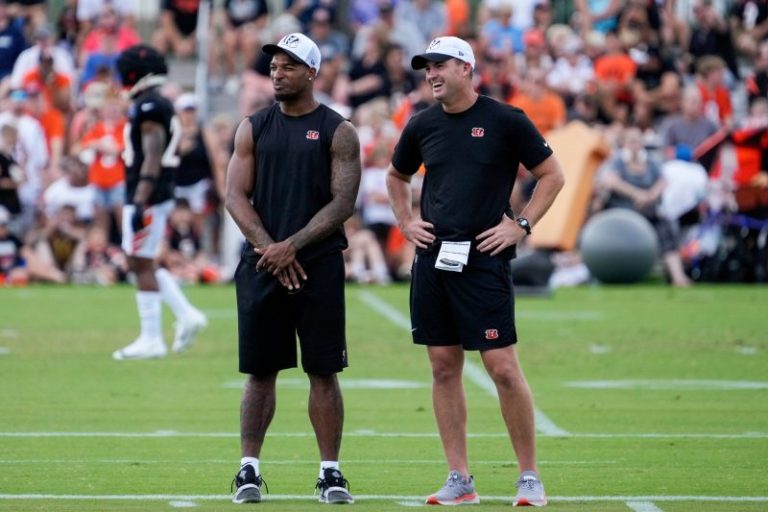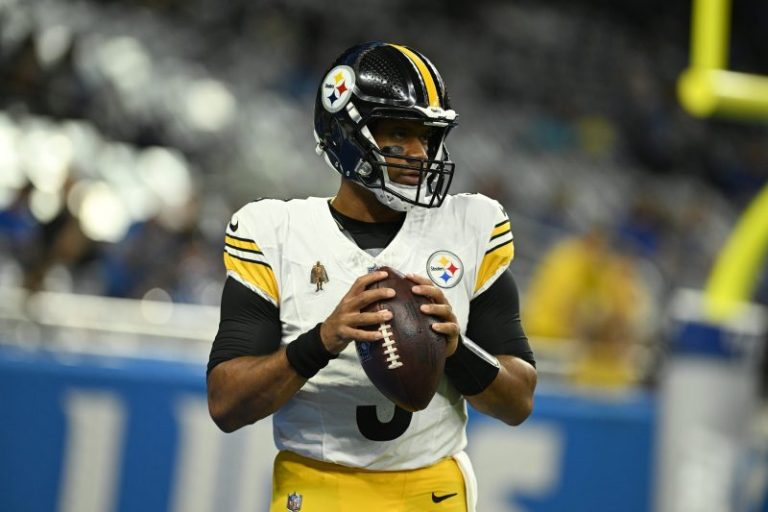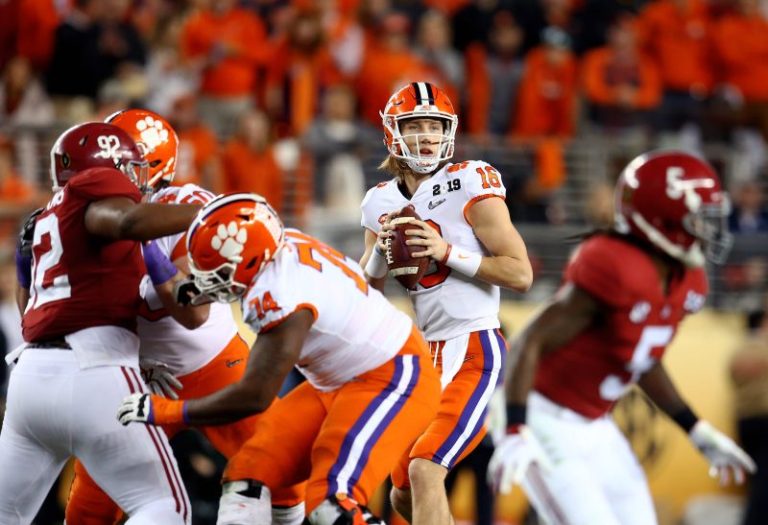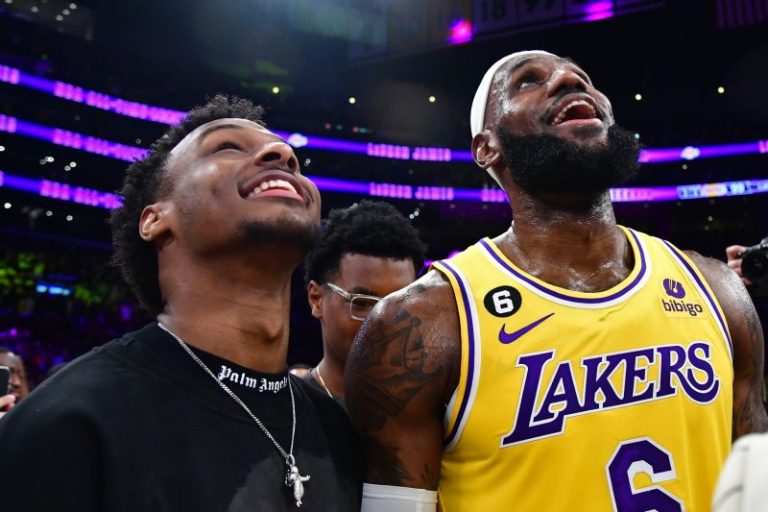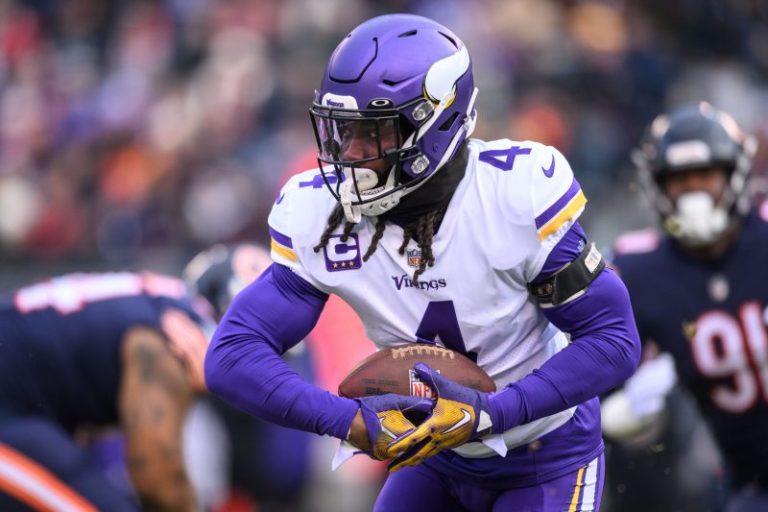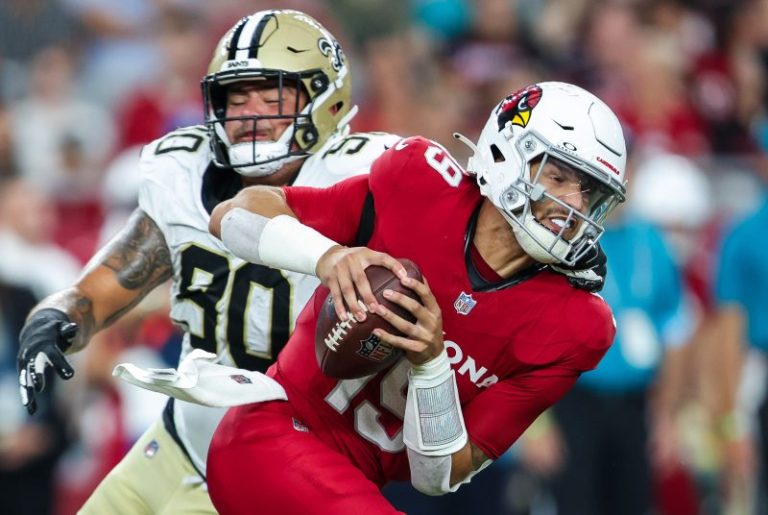From the very beginning, the brains behind the development and implementation of the College Football Playoff wanted to hit the sweet spot of ‘a generic name that was catchy,’ said playoff executive director Bill Hancock.
One suggestion was ‘College Bowl,’ which was discarded for any possible confusion between the longtime radio and television quiz show of the same name. Another was ‘College Super Bowl,’ ignored for similar reasons.
Officially announced in April 2013, the name was initially mocked — one joke at the time said that Hancock’s dog was named Dog — but has quickly come to define the sport.
‘You want a simple, concise brand that tells what the company is,’ Hancock said.
The decade-long run of the four-team playoff format that started in the 2014 season has coincided with a financial boom for college football, another round of conference realignment and the massive changes implemented by name, image and likeness deregulation. Amid waves of off-field drama and turmoil, the playoff has been an unquestioned success by virtue of its ability to streamline the chase for the national championship.
Now, starting this season, the Bowl Subdivision will transition to a 12-team format that could firmly establish the playoff as the second-biggest sporting event on the American sports calendar.
‘Will the College Football Playoff ever become the Super Bowl? No, there’s only one Super Bowl,’ Hancock said. ‘There’s nothing like it on the planet. But we’re wasting our time if we have that as our goal, to equal the Super Bowl. But we’re already a darn strong No. 2, and we just need to enhance our spot as No. 2.’
BOWL PROJECTIONS: Preseason forecast for the 12-team playoff
TOUGH ROADS: Ranking the 10 toughest college football schedules
Successes of the four-team playoff
For decades, polls and bowls were used to decide college football’s national championship. Beginning in 1998, the title chase was conducted under the umbrella of the Bowl Championship Series, which used a combination of computer and human rankings to pick the top two teams in the country.
While a revolutionary move forward from the poll era, the BCS was riddled with controversies. One was the ranking methodology, which was criticized for relying on an overly simplistic formula for determining strength of schedule and for using margin of victory as a factor. After tabling a proposed eight-team playoff format in 2009, BCS commissioners announced in 2012 they had reached an agreement on a four-team playoff, which debuted in 2014.
The playoff began with immediate debate: Ohio State jumped into the top four in the final rankings after routing Wisconsin in the Big Ten championship, pushing out one-loss Big 12 co-champions Baylor and TCU. Among the oddities, the Horned Frogs entered that final weekend in third and finished sixth despite posting a dominating win against Iowa State.
But the format also started with a ratings smash. More than 28 million viewers tuned in for both of the national semifinals and another 34 million for the championship game between the Buckeyes and Oregon.
These mammoth audiences were drawn to the playoff’s greatest source of appeal: After decades of debate over every season’s national championship, with often multiple programs staking claim to the same crown, the format left no question over which team was the best in a given year.
And after the slight hiccup in 2014, the selection process largely avoided any additional controversy until last season, when Florida State became the first unbeaten Power Four conference champion to be left out of the final top four.
As expected, the four-team playoff helped create an eye-opening new revenue stream for members of the FBS, particularly schools in the Power Four. For the 2023-24 year, the playoff distributed $82.16 million to each major conference and another $102.88 million in aggregate to the Group of Leagues.
‘There’s no doubt the playoff has boosted the sport at large,’ Hancock said. ‘I know that it has drawn fans to the game. It has enhanced November as more teams have a chance to participate.’
After more than a decade, the playoff has taken a place at the center of college football and come to dominate the weekly conversation around the sport.
‘Quite frankly, I think we’re in a far better place,’ said former Wyoming coach Craig Bohl, the executive director of the American Football Coaches Association. ‘In my mind, there’s no better way than to have a true playoff system, which we do now.’
Criticism of the four-team model
Also from the very start, the playoff came under criticism for how it changed the dynamic of the regular season.
Under previous postseason formats, regular-season games felt even more immense and dramatic because of the finality of a single loss — and even before the Bowl Championship Series, close wins against seemingly inferior competition could impact how voters compared the nation’s best teams.
The four-team model has removed chunks of this drama, especially as teams such as Ohio State in 2016 and Alabama in 2017 were able to advance to the national semifinals despite not even reaching the conference championship game.
This has become part of a larger criticism over how college football has tossed aside history and tradition during this period of intense evolution: in the postseason, in NIL, in widespread transfers, in the makeup of conferences and even the dissolution of longtime leagues such as the Pac-12.
‘I don’t think tradition in the sense of what college football has been in the past is really what it is today,’ said former Alabama coach Nick Saban. ‘We have mega-conferences now. We don’t have the same traditions that people have enjoyed and fans have enjoyed in the past because some of the rivalries are taken away. The significance of bowl games have been taken away, to some degree. So it’s just different. I’m not saying it’s not good. I’m just saying it’s different.’
There have been even more pointed criticism over the two factors that played the largest role in playoff expansion.
One was the repetitiveness of the playoff itself. Alabama has been in the playoff eight times in 10 years, with six trips to the championship game. Clemson has made six appearances and Ohio State has made five. Six teams won national titles in the four-team era: Ohio State, Alabama, Clemson, LSU, Georgia and Michigan.
The second was the measurable decline in interest from viewers. Ratings dipped considerably as the four-team era progressed, hitting a low of just 17.2 million viewers across ESPN platforms for the Georgia and TCU title game to end the 2022 season, though numbers for last year were the best for the playoff and New Year’s Six bowl slate in five years, the network said in January.
How the 12-team model will change college football
The 12-team format represents another drastic change to college football’s postseason model. While still relying on a selection committee to settle the bracket, the format will include the five highest-ranked conference champions and seven at-large teams.
The top four seeds will advance to the quarterfinals. The eight remaining teams will meet in the first round at the higher seed’s home venue. The quarterfinal games will be held at one of four of the New Year’s Six bowls.
The postseason will begin with first-round games on Dec. 20 and not end until the title matchup on Jan. 20, extending a process that in the past has been completed well within a two-week schedule. Being held over multiple weeks will give the playoff more of an NCAA basketball tournament feel.
‘I think it’s an obvious opportunity for growth,’ said American Athletic Commissioner Tim Pernetti. ‘The easy part is the math, right? You have more games, you have more people watching more games, so naturally you go to a bigger number. But I do think it’s going to have that flair of a real tournament. It feels like it’s a little bit more of a journey than the four-team one.’
With the Pac-12 no longer at the table for at least the next two years, the inclusion of five conference winners ensures that at least one Group of Five team will have the chance to compete for the national title. In the four-team era, the only Group of Five team to reach the semifinals was Cincinnati, which has since left the American Athletic for the Big 12.
‘What I’m excited about is that the fact that we’ve expanded the playoff gives more teams in the Big Ten the opportunity to compete later in the season,’ Big Ten Commissioner Tony Petitti said this summer. ‘That’s better on-site, on-campus, in terms of the excitement. It brings more programs into the hunt, and that’s what fans want. Fans want their teams to be alive as late as possible. That’s all you can hope for. I think this format will allow us to do it.’
The model also promises to be even more lucrative for the FBS. The playoff agreed to a six-year deal with ESPN worth $1.3 billion annually, a roughly three-times increase over the annual four-team payout.
‘It’s great for the game,’ LSU quarterback Garrett Nussmeier said. ‘I think it grows the competitiveness and the intensity. I think it will allow really cool matchups that we might not have ever gotten to see, that just didn’t happen. It might be a Penn State and LSU night game in Death Valley, something that would never happen before. Or it’s an Oregon and a Texas game.’
Some issues will remain. The 12-team model could further change the course of the regular season, removing the tense stakes of those end-of-year rivalries that typically carry immense weight in the title chase — such as Ohio State and Michigan, for example — because both teams may have already booked spots in the playoff field. It’s also possible the Buckeyes and Wolverines or any other two teams could meet three times in a season with matchups in the regular season, conference championship game and playoff.
The new playoff will also continue the process of redefining what success looks like for teams in the Power Four. At a time when 10-2 or even 9-3 could get Power Four teams into the playoff, will schools be more or less forgiving of coaches and teams that come up short of this new benchmark for title contention? How will Group of Five teams gauge a successful season given the chance for automatic access to the playoff?
‘In the past, everybody took issue with the postseason,’ Pernetti said. ‘In that you’re calling it a national championship, but it didn’t necessarily provide access for everyone to compete for that championship. And now it’s providing more access.
‘Access was really important and paramount for what we’re doing. So I think we see expansion of the playoff as a positive.’
Despite any unknowns around the 12-team format, one thing can be easily predicted in advance: College football’s new postseason model will bring even more eyeballs to a sport that already grips the nation’s attention.
‘And I suspect we’ve only touched the tip of the iceberg of how much more interest the playoff can bring to college football,’ said Hancock. ‘Tip of the iceberg.’
This post appeared first on USA TODAY

